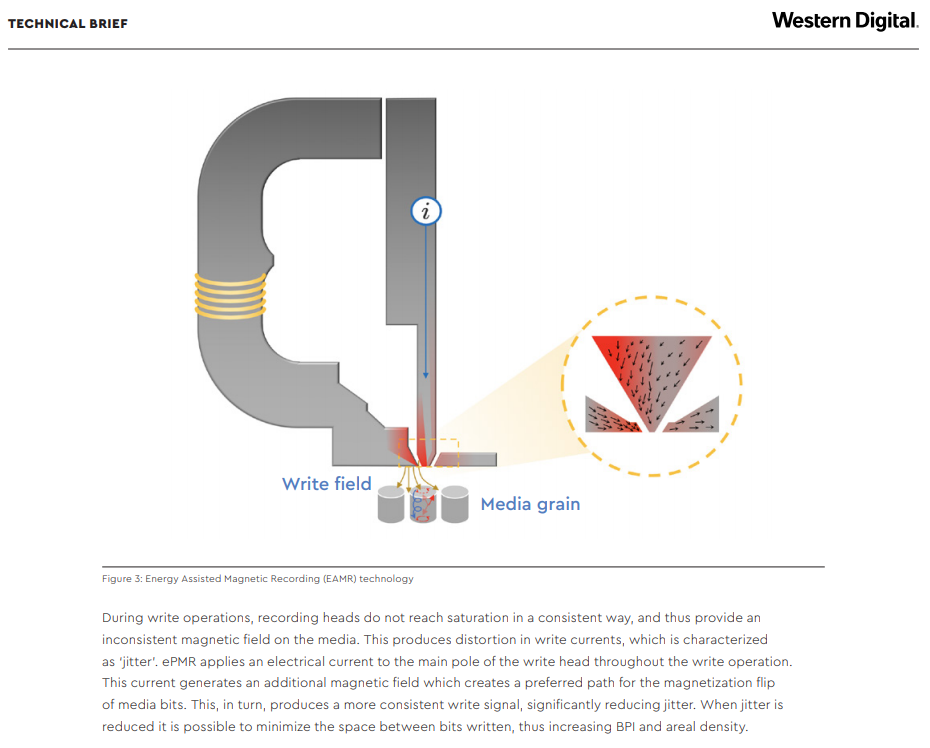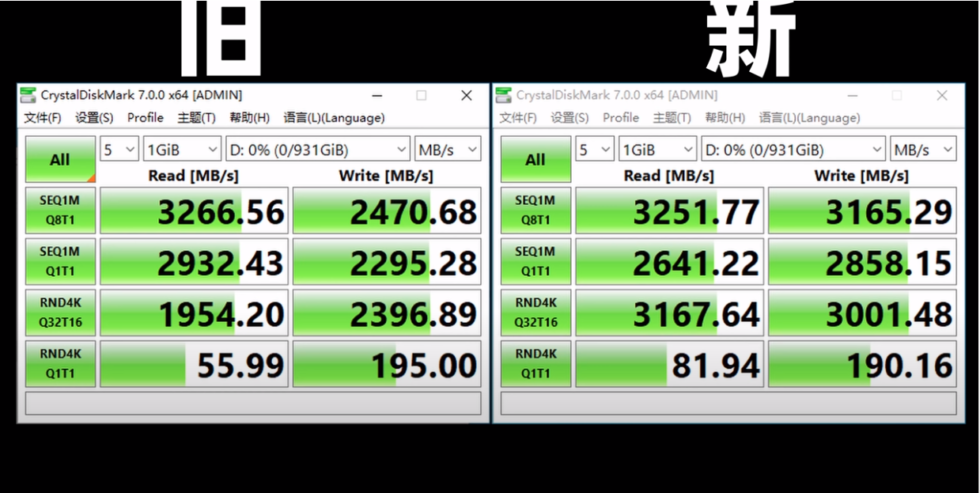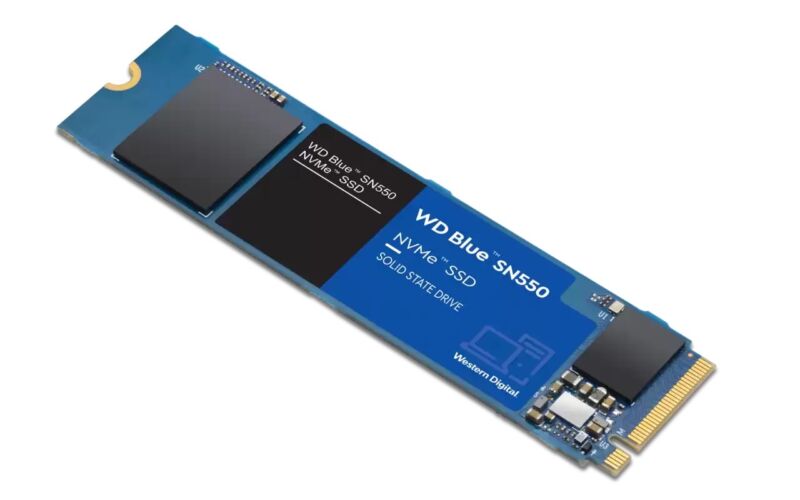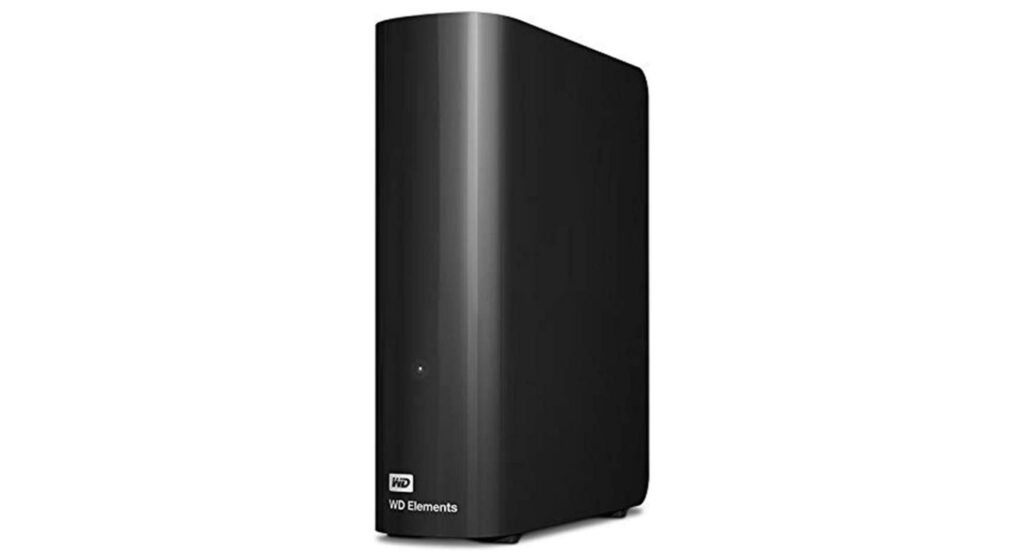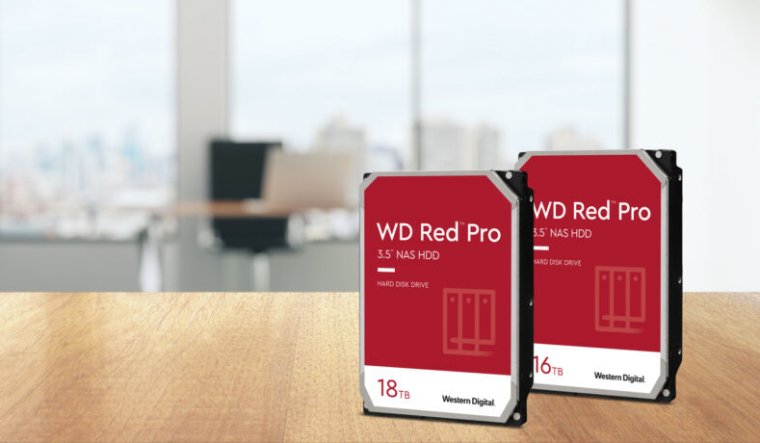-
 chevron_right
chevron_right
SanDisk’s silence deafens as high-profile users say Extreme SSDs still broken
news.movim.eu / ArsTechnica · Thursday, 10 August, 2023 - 17:42
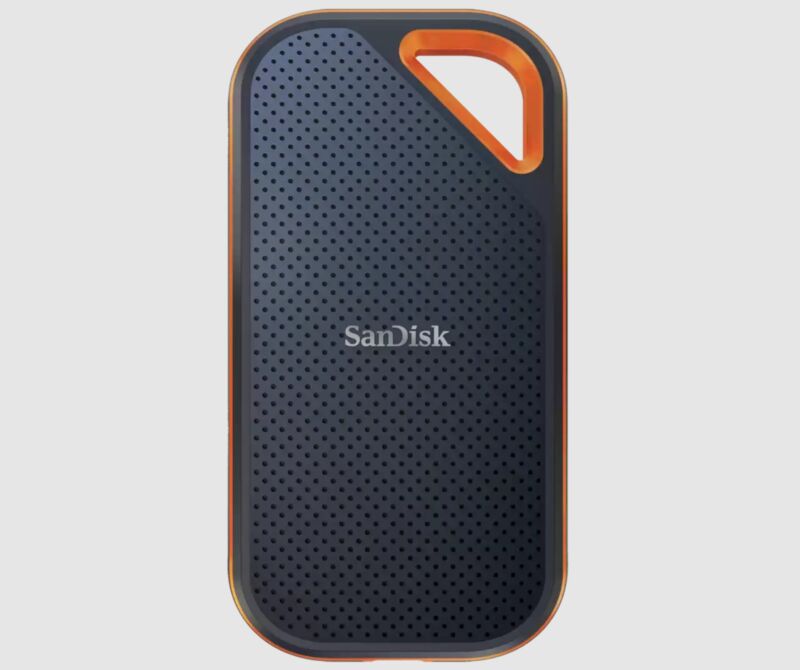
Enlarge / SanDisk's Extreme Pro Portable SSD V2. (credit: SanDisk )
SanDisk's silence this week has been deafening. Its portable SSDs are being lambasted as users and tech publications call for them to be pulled. The recent scrutiny of the drives follows problems from this spring when users, including an Ars Technica staff member, saw Extreme-series portable SSDs wipe data and become unmountable. A firmware update was supposed to fix things, but new complaints dispute its effectiveness. SanDisk has stayed mum on recent complaints and hasn't explained what caused the problems.
In May, Ars Technica reported on SanDisk Extreme V2 and Extreme Pro V2 SSDs wiping data before often becoming unreadable to the user's system. At least four months of complaints had piled up by then, including on SanDisk's forums and all over Reddit (examples one , two , and three ).
Even Ars' Lee Hutchinson fell victim to the faulty drives. Two whole Extreme Pros died on him. Both times they filled about 50 percent and then showed a bunch of read and write errors. Upon disconnecting and reconnecting, the drive was unformatted and wiped, and he could not fix either drive by wiping and reformatting.

